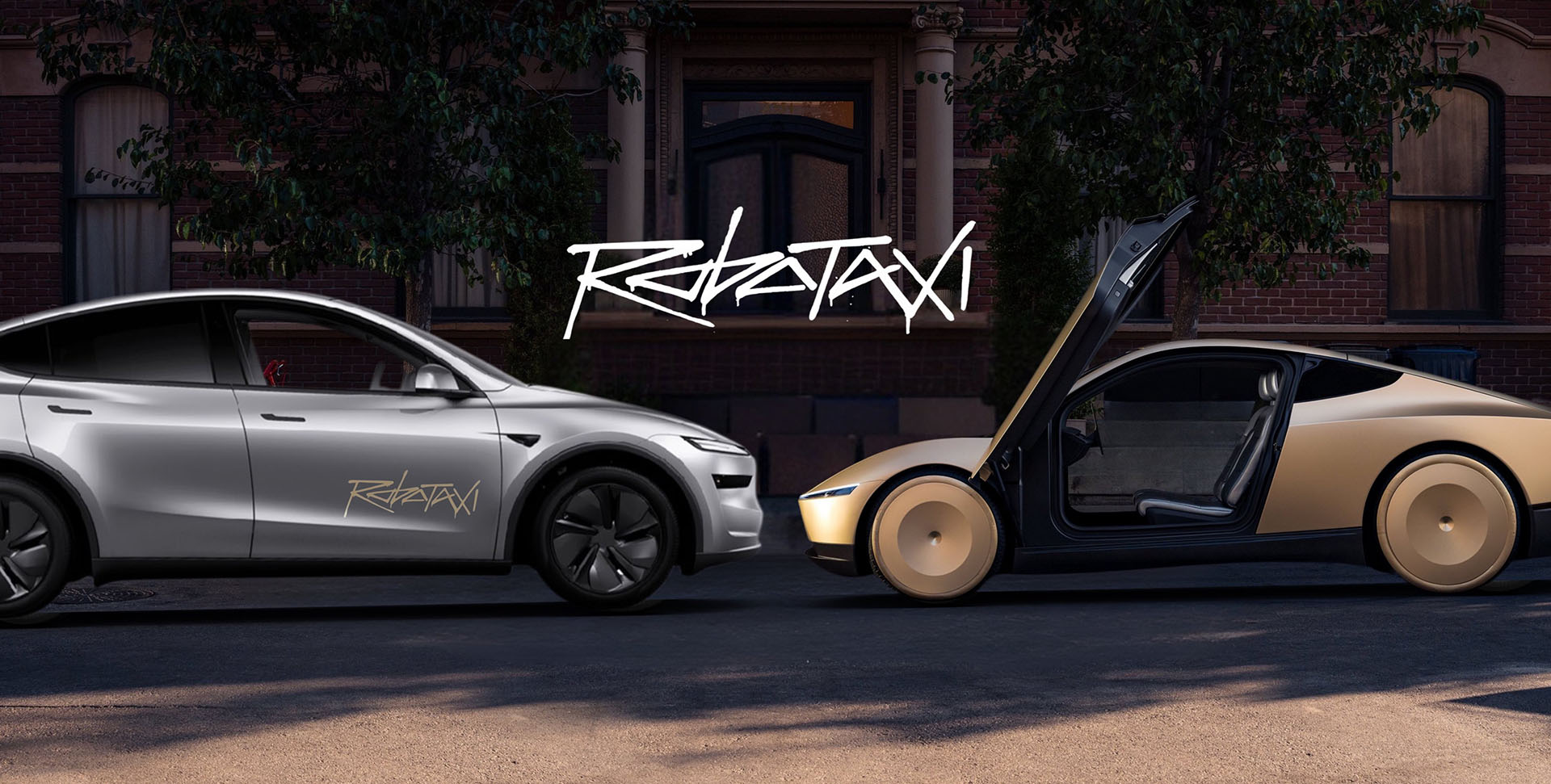Tesla Inc. is ramping up its autonomous mobility ambitions with a major expansion of its Robotaxi service in Austin, Texas, and plans to launch in select Asian markets later this year. The company’s Robotaxi fleet, powered by its Full Self-Driving (FSD) software, now covers 80 square miles in Austin—up from just 20 square miles in June. Meanwhile, Tesla executives confirmed that pilot programs are being prepared for rollout in Asia, marking the company’s first international deployment of its autonomous ride-hailing platform.
Key Highlights
-
Tesla’s Robotaxi service area in Austin expanded to 80 square miles as of August 3
-
Initial fleet includes 10–20 Model Y vehicles equipped with FSD software
-
Asian market launch planned for late 2025, with regulatory groundwork underway
-
Tesla received a transportation network license in Texas valid until August 2026
-
Service currently invite-only, with plans for broader public access by year-end
Austin Expansion: From Pilot to Citywide Coverage
Tesla’s Robotaxi program began limited operations in Austin in late June. Since then, the company has quadrupled its coverage area, now reaching suburban zones like Barton Creek and Marble Falls. The expansion reflects Tesla’s confidence in its autonomous driving capabilities and its strategic response to competition from Waymo and Amazon’s Zoox.
CEO Elon Musk stated during the Q2 earnings call that Tesla aims to offer Robotaxi access to half of the U.S. population by the end of 2025, pending regulatory approvals. The company’s aggressive rollout in Austin is seen as a blueprint for scaling operations nationwide.
Asian Market Entry: Strategic and Symbolic
Tesla executives confirmed that the Robotaxi platform will debut in select Asian cities by Q4 2025. While specific locations were not disclosed, industry insiders expect initial launches in Singapore, Tokyo, and Bengaluru—cities with advanced infrastructure and favorable regulatory climates.
The Asian rollout will be phased, starting with controlled pilot zones and expanding based on safety data and local compliance. Tesla’s entry into Asia marks a significant milestone, positioning it against regional players like Baidu’s Apollo Go and Hyundai’s Motional.
Technology and Safety Framework
Tesla’s Robotaxi fleet operates using its proprietary FSD software, which has undergone significant upgrades in recent months. Key features include:
-
360-degree vision with real-time object detection
-
Inductive charging systems for hands-free energy replenishment
-
Collision avoidance and geofenced navigation protocols
-
Continuous learning from real-world driving data
Despite the technological advancements, Tesla faces scrutiny over safety. A recent shareholder lawsuit alleges the company concealed risks associated with autonomous driving. The lawsuit followed public tests in Austin that revealed erratic driving behavior, including sudden braking and lane misalignment.
Market Reaction and Investor Sentiment
Tesla’s stock fell 6.1 percent over two trading days following the safety-related lawsuit, erasing nearly $68 billion in market value. However, analysts remain cautiously optimistic, citing the long-term potential of the Robotaxi business model.
Key investor concerns include:
-
Regulatory hurdles in new markets
-
Safety validation and public trust
-
Monetization strategy and per-mile pricing
Tesla’s plan to use existing customer-owned vehicles for its Robotaxi network could offer a cost advantage over competitors who rely on dedicated fleets.
Strategic Outlook
With Robotaxi operations expanding in Austin and Asian markets on the horizon, Tesla is positioning itself as a global leader in autonomous mobility. The company’s ability to scale safely, navigate regulatory landscapes, and deliver a compelling user experience will determine its success in this high-stakes race.
Source: Teslarati – August 7, 2025 Financial Express – August 6, 2025 Tech in Asia – August 7, 2025 NewsBytes – August 6, 2025 PCMag – August 4, 2025

